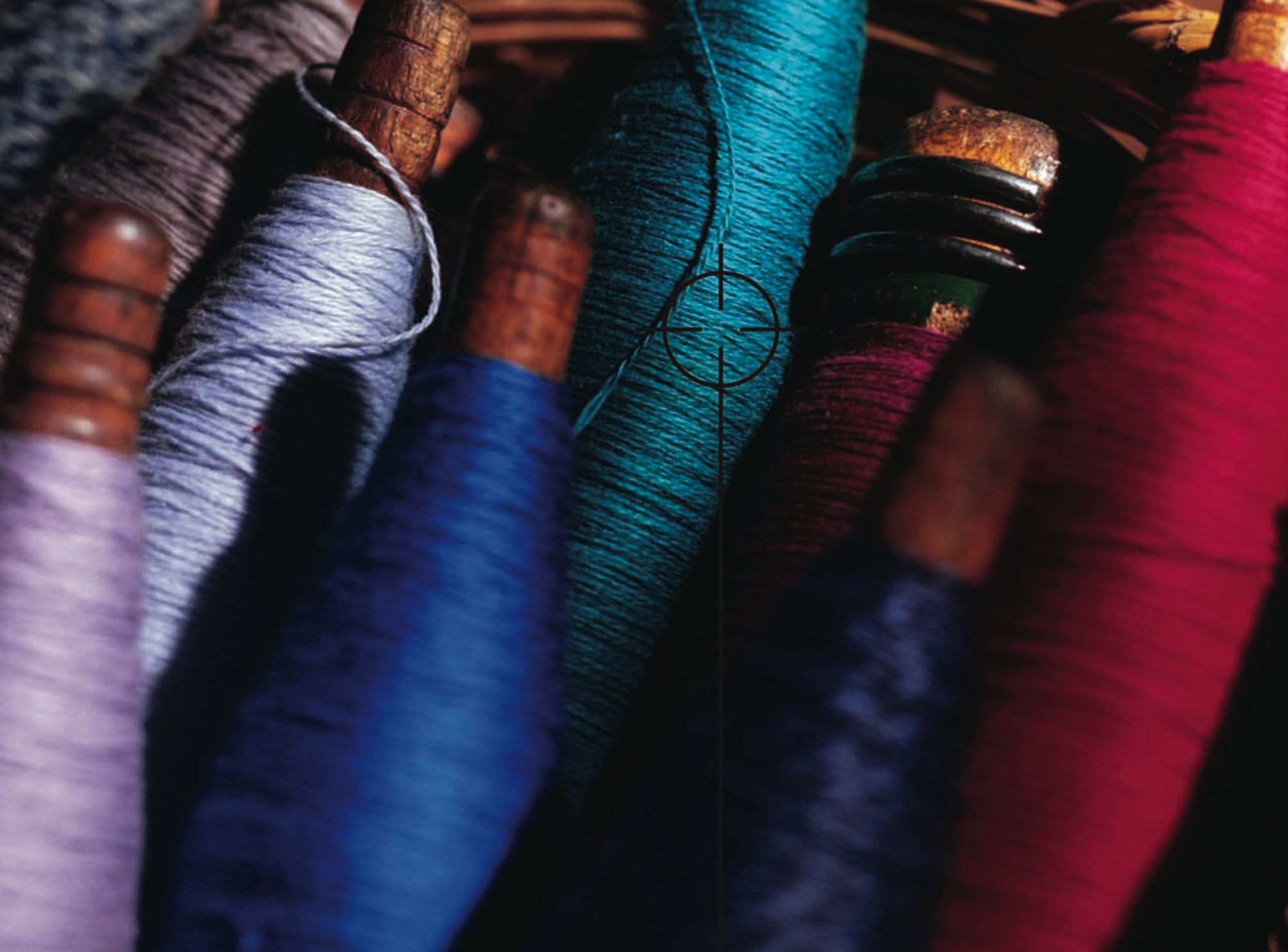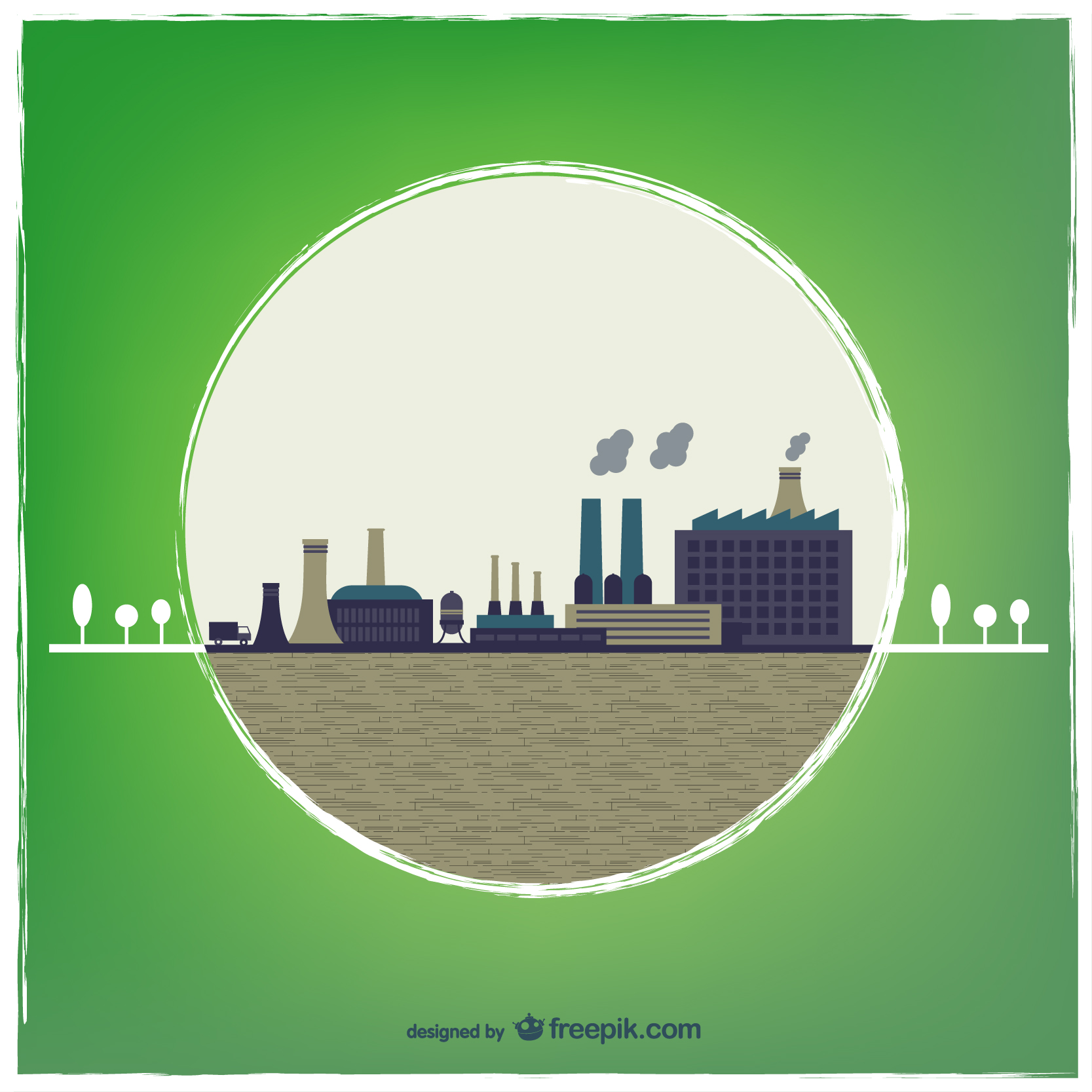The environmental footprint of fashion is out of control. According to the National Resources Defense Council (NRDC), “Textile mills generate one-fifth of the world's industrial water pollution and use 20,000 chemicals, many of them carcinogenic, to make clothes.” Fabric being dyed in factory. Image from NRDC.org. A Problem That Impacts Everyone Did you know it takes about 200 tons of water (enough to fill several swimming pools) to produce one ton of cott...
Sustainability is a top priority for large consumer packaging organizations. To be sustainable means considering the needs of our environment and future generations by looking for ways to reduce waste throughout production. Not only is it socially responsible, but consumers often consider a brand’s sustainability practices when making more conscious purchasing decisions. Of course, working toward sustainability doesn’t change the importance of establishing brand identity on th...
As brand owners compete to make packaging stand out, commercial and flexible packaging converters and label printers are charged with achieving accurate color – on unique substrates – with shorter print runs. Many spend a lot of time mixing ink, then end up throwing it away when the color isn’t right. Others mix ink, store it, and spend way too much time trying to reuse it for future print runs. If you’re stuck in this cycle, you’re essentially paying for ink...
As the industrial plastics market grows increasingly competitive and demands more sustainable practices, manufacturers need new ways to formulate and produce accurate color faster, with less waste. Digital color standards are one of the most effective tools to bridge this gap. They also enable color work and communication from remote locations. With digital color standards, brands and designers can set clear expectations with supply chains. In turn, suppliers can achieve color goals wit...
Over the last few years, we have heard a lot about the circular economy and omnichannel marketing. While each is a trend in their own right, they are quickly converging on the print industry. To be successful in 2020, commercial printers will need to offer a wide range of print capabilities while demonstrating a commitment to sustainability and reducing waste. The Importance of Circular Economy and Omnichannel In a circular economy, the goal is to eliminate waste and maximize the con...
Today is Earth Day. You know the buzz phrase – Reduce, Reuse, Recycle – but do you know what it means for your manufacturing process? Designed by Freepik Here are the top three places in a color workflow that can sabotage a company’s sustainability efforts. Not monitoring color throughout production, which leads to expensive rework and wasted raw materials. Incorrect colorant formulation. Are you using too much? Are you wasting the leftovers? Sending color samples back and forth and long approv...







